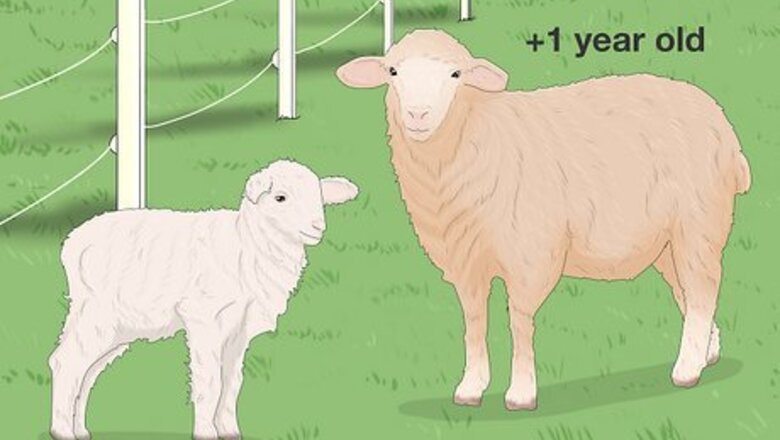
views
- Lambs are baby sheep that are less than 1 year old. At age 1, they become sheep.
- Sheep are 2 to 4 feet (61-122 cm) tall, whereas lambs are half that height (or smaller).
- Lambs generally have softer, more luxurious wool than sheep.
- Meat from sheep, called mutton, is bit tough and usually tastes gamey. Lamb is tender and has a delicate flavor.
Age
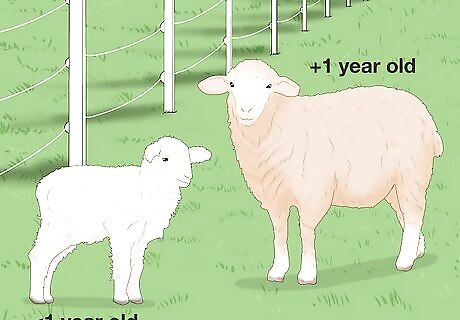
Lambs are baby sheep, while sheep refers to adults. This is the main difference between lambs and sheep. Baby sheep are called lambs from birth to 1 years old. After turning 1 years old, the lamb reaches maturity and is called a sheep. An adult female sheep is called an ewe, while an adult male sheep is called a ram.
Size
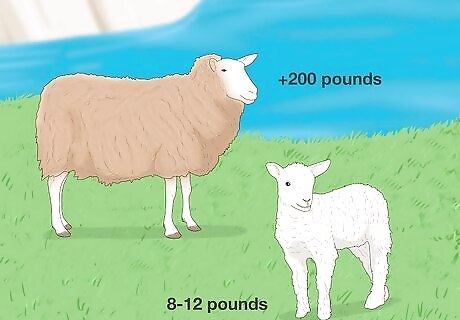
Sheep are larger and heavier than lambs. When lambs are born, they are only about 8 to 12 pounds (3-5 kg) and are less than half as tall as sheep! Once they’ve matured, sheep stand at about 2 to 4 feet (61-122 cm) tall and often weigh over 200 pounds (91 kg).
Coat
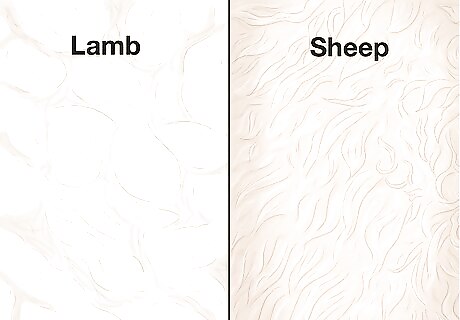
Lamb wool is generally finer and softer than sheep wool. Lamb fur is highly regarded for its plush feel and lustrous shine. While sheep wool is still very soft, it’s generally more coarse and denser than lamb fur. Due to their small size, lambs often look a lot like adult goats. However, lambs typically have curly, textured fur while a goat’s fur is smooth and fine.
Teeth
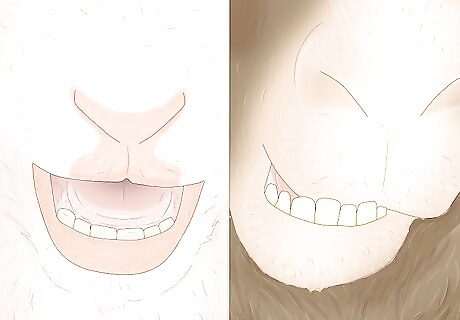
Lambs have small, milk teeth while sheep have large, adult teeth. Besides size and weight, this is one of the best ways to tell how old a sheep is. Lambs are born with no teeth, but slowly develop milk teeth. These teeth are small and let them drink milk from their mothers comfortably. When they start to wean from milk at around 4 to 6 months, they lose their milk teeth. By the time they’re about 1 years old, they have 2 large adult teeth. Sheep finish growing their full set of 8 adult teeth around 3 to 4 years old.
Behavior
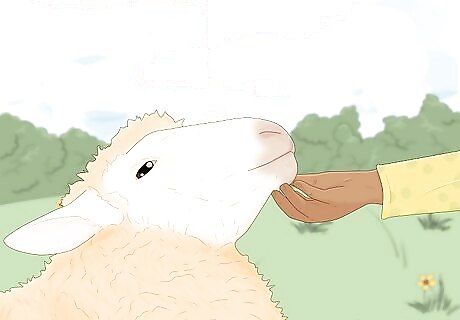
Lambs tend to be shyer and more reserved than sheep. Like most baby animals, lambs are vulnerable after they’re born. You’ll mostly see them seeking protection and comfort from their mothers instead of exploring the pastures. As adults, sheep are very social and move around together as a flock. They’re also friendly with humans and will stay close to you if they trust you! Sheep’s friendly natures makes them great to raise on your own. Decide if you want sheep for their wool, milk, or meat and choose a suitable breed. Then, make sure you have about 1 acre (4,000 square m) of land for every 5 sheep.
Diet

Lambs only drink milk, while sheep munch on grass. In the first few months of their lives, lambs are dependent on their mothers for milk. Because they only have their milk teeth, they can’t chew and graze like sheep can. Once they’re fully weaned and matured, sheep finally get to eat their favorite foods: grass, seeds, and hay. Sheep are herbivores, meaning they only eat plants.
Horns
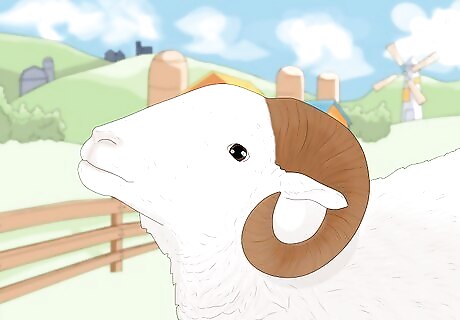
Lambs do not have horns, while sheep do. One of the easiest ways to spot a lamb in the wild is by their smooth, horn-less heads. By the time they’re 1 years old, they’ll start growing visible knobs above their ears. The sheep’s horns continue to grow longer and larger each year, finally slowing once they’re 8 years old. In some species of sheep, like the dall sheep, both rams and ewes grow horns. In other breeds, only the male has horns. In most domesticated breeds, both rams and ewes don’t have horns.
Meat
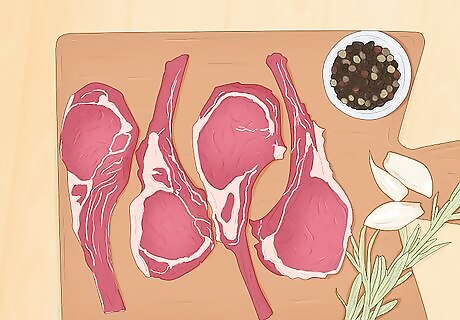
Lamb meat is more tender and has milder flavor than sheep mutton. When comparing lamb and mutton, lamb is often the clear favorite. They’re typically slaughtered when they’re about 6 to 8 months old, which gives their meat a more delicate flavor and texture. Once a lamb matures to a sheep at 1 years old, their meat is called mutton. As sheep age, their muscles tighten and grow stronger. This usually makes mutton tougher to chew and gives it a strong, wild, and earthy flavor. If you see lamb at the grocery store called “Spring lamb,” this means the lamb was slaughtered at 3 months old. Their meat is even more tender and subtle. Because it’s so tender, it usually takes less time to cook lamb than mutton. If you don’t love the gamey flavor of mutton, it’s easy to season it with delicious spices like paprika, cayenne pepper, ginger, and garlic. It also comes out super tender when you cook it low and slow.

















Comments
0 comment